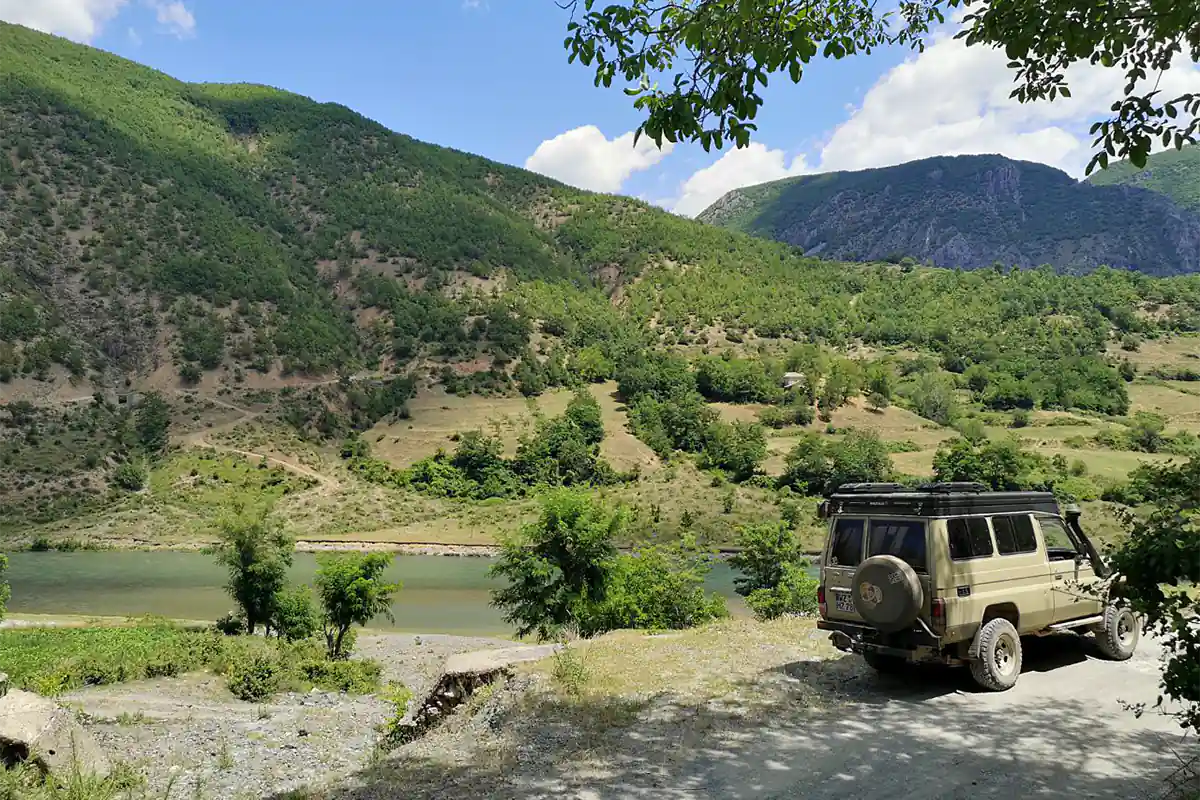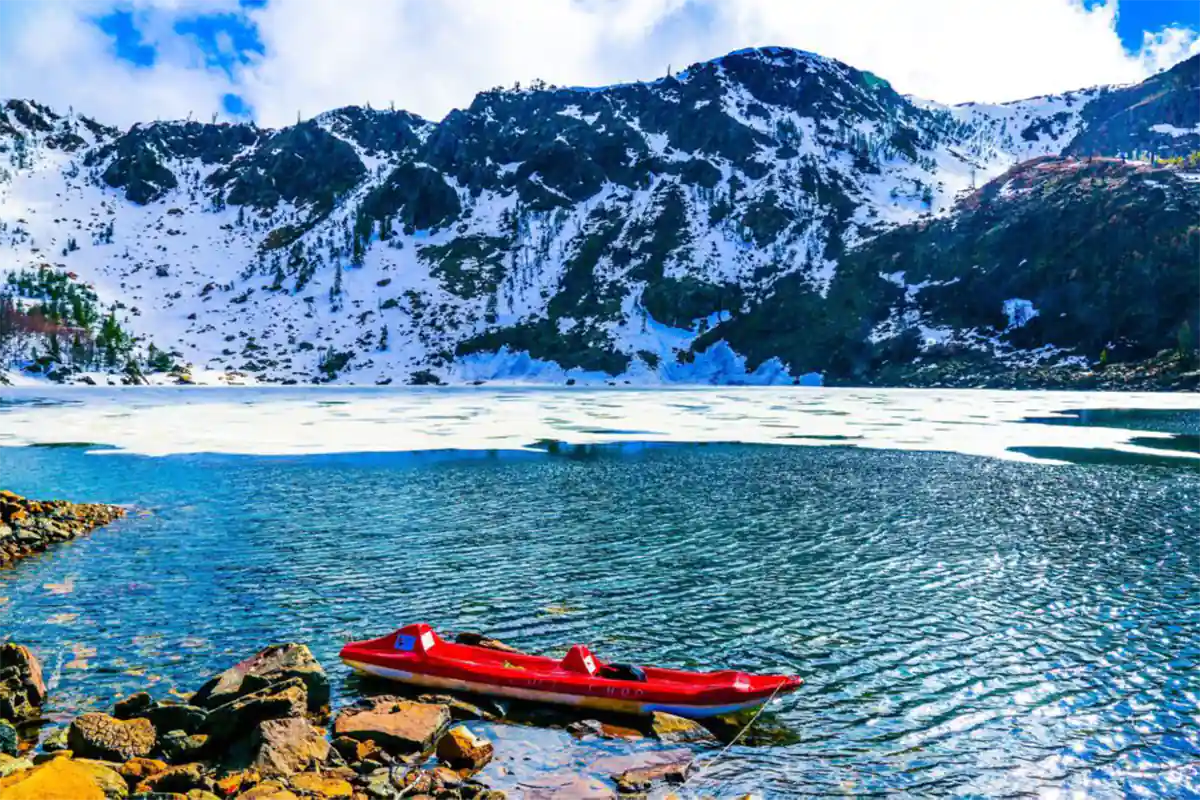Key Takeaways
- Dibër County offers a captivating blend of history, nature, and culture that appeals to travelers and researchers alike.
- Its rugged landscapes, including the Albanian Alps and river systems, create a stunning natural environment ([source](https://unece.org/environmental-policy/water/drin-corda)).
- The region’s rich history spans Illyrian settlements, Roman influence, Ottoman resistance, and the Albanian National Awakening, shaping its cultural identity.
- Despite demographic shifts, Dibër maintains vibrant traditions, folk music, crafts, and festivals that reflect its enduring cultural heritage.
- The economy centers around agriculture, mining, forestry, and increasing tourism potential; infrastructure projects aim to improve connectivity and services.
Introduction to Dibër County
Dibër County (Albanian: Qarku i Dibrës) serves as a captivating subject of exploration for anyone interested in the amalgamation of history, nature, and culture. Located in the eastern realm of Albania, this county thrives on its rich cultural tapestry and unfurls as a geographical marvel. Bordering North Macedonia, Dibër acts as a bridge between different Albanian-speaking regions, strengthening cultural and historical ties in the Balkans.
This region boasts a lush and picturesque landscape punctuated with mountains and rivers, presenting both a serene escape from urban hustle and a strategic gateway to the surrounding regions. Dibër County’s significance is not just in its location but its role in preserving Albania’s history and traditions. For more detailed insights, you might want to explore resources from the Official Website of the Albanian Government, INSTAT, and publications like Bradt Travel Guides.
Geographic Overview of Dibër County
Situated in eastern Albania,
Dibër County reveals itself as a land where nature’s majesty is unfurled through majestic mountain ranges like the renowned Albanian Alps. These imposing peaks cast an awe-inspiring silhouette and form part of the county’s rugged terrain. The mountains and valleys are a testament to nature’s artistry, offering dramatic landscapes that challenge both hikers and naturalists.
The county’s river systems, particularly the Drin River and its tributaries, inject vitality into the region’s geography. These waterways carve pathways among the terrains, facilitating agriculture and shaping the local ecosystems. The
Mat River adds to the intricate waterwork within this verdant landscape. Notably, artificial lakes such as the one near Ulëz enhance both natural beauty and hydroelectric potential.
A continental climate prevails, characterized by sharp seasonal contrasts. Winter cloaks the area in a cold embrace, especially harsh in elevated zones, while summers bring warmth and a seasonal sigh of relief. These climatic conditions have contributed to the development of unique microclimates that enrich the biosphere of Dibër.
For those looking to delve deeper into the geographical makeup of Dibër County, sources like “The Geography of Albania” and environmental reports provide detailed accounts of the county’s physical attributes.
The Rich Historical Background of Dibër County
Dibër County’s history intertwines with the ancient threads of
Illyrian settlements, marking the early roots of civilization in this area. The landscape has served as a witness and a stage to the rise and fall of empires, illuminating historical narratives from the Roman to Byzantine influences. The
Roman rule brought a structured societal model, while the
Byzantine Empire imbued Dibër with religious and artistic enrichment.
During the
Ottoman period, Dibër emerged as a significant center of resistance and resilience. This era sculpted the cultural and societal fabric of the region, with fierceness embodied by figures such as
Gjergj Kastrioti Skanderbeg. A national hero, Skanderbeg’s ties to Dibër are evident in the role the region played in the
League of Lezhë, an emblem of national unity.
Signs of awakening emerged in the 19th century during the
Albanian National Awakening, a movement pivotal for cultural and national renaissance. The county did not escape the turmoil of the 20th century, facing hardship during the
World Wars and enduring the weight of the
communist era. The transition to a post-communist society has been marked by both challenges and strides towards modernity.
To understand more about the historical tapestry of Dibër County, sources such as “A Concise History of Albania” and academically inclined articles can shed light on the region’s fascinating past.
Exploring the Demographics and Culture of Dibër County
With an approximate population reflecting demographic shifts common in the Balkans,
Dibër County remains predominantly Albanian in ethnic composition. Despite population declines due to emigration, especially of the youth, the county sustains a vibrant cultural scene. Near its borders, some communities of
Macedonian ethnicity add to its cultural mosaic.
The common language is Albanian, often supplemented by Macedonian accents, creating a linguistic tapestry that enriches local communication. Cultural traditions are alive and well—folk music, lively dances, traditional instruments, and crafts such as
wood carving and weaving continue to be cherished.
Festivals celebrating religious, historical, and seasonal events punctuate local life. The deep-seated concept of
besë (trust and honor) remains an ethic guiding personal and communal relationships, preserving cultural integrity through generations.
Academic research and insights from
UNESCO provide deeper understanding of Dibër’s demographic and cultural richness.
Economy and Infrastructure in Dibër County
The economy of Dibër County hinges on several key sectors. Agriculture dominates, with products like apples, nuts, and livestock. Mining is vital, especially for
chromium deposits, although it poses environmental challenges.
Forests support the timber industry, while tourism is emerging as a promising sector. Potential attractions include ecotourism hotspots, historical sites, and adventure activities like rafting on the Drin River.
Infrastructure development aims to improve connectivity, with road improvements linking Dibër to major Albanian cities and cross-border routes. Healthcare and education services are expanding but still face logistical challenges due to the region’s terrain.
Sources like Ministry of Economy and Finance, World Bank, and IMF reports highlight ongoing development initiatives.
Dibër County’s Tourism and Attractions
The natural and cultural treasures of Dibër promise memorable experiences. The towering Albanian Alps beckon hikers seeking dramatic vistas and challenging trails. The Osumi Canyon represents a spectacular natural wonder perfect for adventure lovers.
The rural villages offer authentic glimpses into traditional Albanian life, with architecture and customs unchanged for generations. Historical sites linked to Skanderbeg and the Albanian national movement narrate the region’s pivotal role in shaping national identity. Local cuisine offers hearty, traditional flavors rooted in local ingredients and recipes.
Outdoor activities such as rafting, hiking, and agritourism improve tourist appeal, supporting a growing hospitality sector. Tourist facilities aim to balance natural preservation with visitor comfort, promising sustainable tourism development.
Explore more at the National Tourism Agency and various travel blogs covering Albania’s hidden gems.
Governance and Administrative Structure of Dibër County
The governance structure divides Dibër into four municipalities: Bulqizë, Dibër, Klos, and Mat. The region is overseen by a County Prefect appointed by the central government. Each municipality has elected councils and mayors responsible for local policies, development projects, and service delivery.
This system fosters local responsiveness to community needs, managing public services like education, healthcare, sanitation, and infrastructure. It supports regional development aligned with national policies.
Challenges and Development Opportunities in Dibër County
Despite its natural and cultural assets, Dibër faces hurdles such as youth emigration, unemployment, and environmental concerns linked to mining. Rugged terrain and infrastructure gaps challenge connectivity and service provision. Challenges also include preserving cultural heritage amid modernization and balancing economic growth with ecological sustainability.
Opportunities abound in sustainable ecotourism, organic farming, and renewable energy projects like hydropower. Cross-border cooperation with North Macedonia can unlock economic potential, tapping into EU regional development programs. Emphasizing renewable energy, eco-friendly tourism, and local crafts can diversify the economy and create jobs.
Conclusion
In sum,
Dibër County exemplifies a region where history, nature, and culture intertwine, creating a unique tapestry that appeals to explorers, historians, and investors alike. Its majestic landscapes, layered past, and vibrant traditions make it a hidden treasure of Albania and the Balkans.
As regional development continues, Dibër holds vast potential for sustainable growth—balancing tradition with innovation. With strategic planning and collaborations, it can ascend to new heights, preserving its allure while embracing future opportunities.
Reflective insights suggest that Dibër’s journey toward prosperity will depend on harnessing its natural resources, cultural assets, and regional cooperation, ensuring a prosperous and harmonious future for generations to come.



